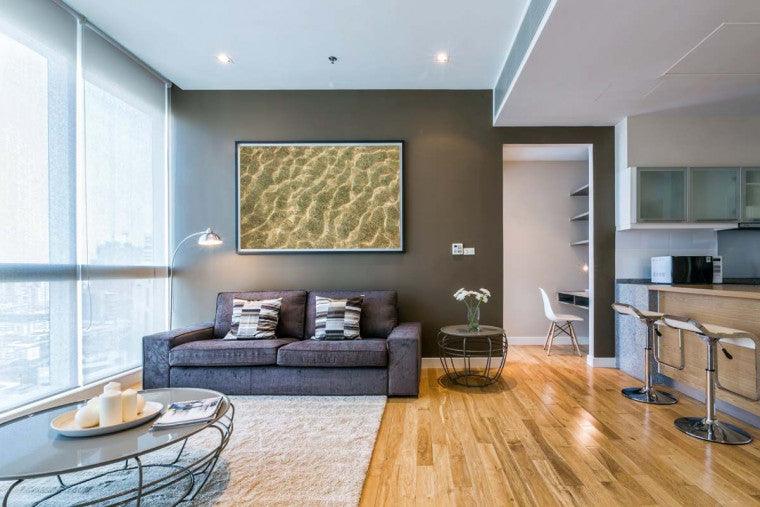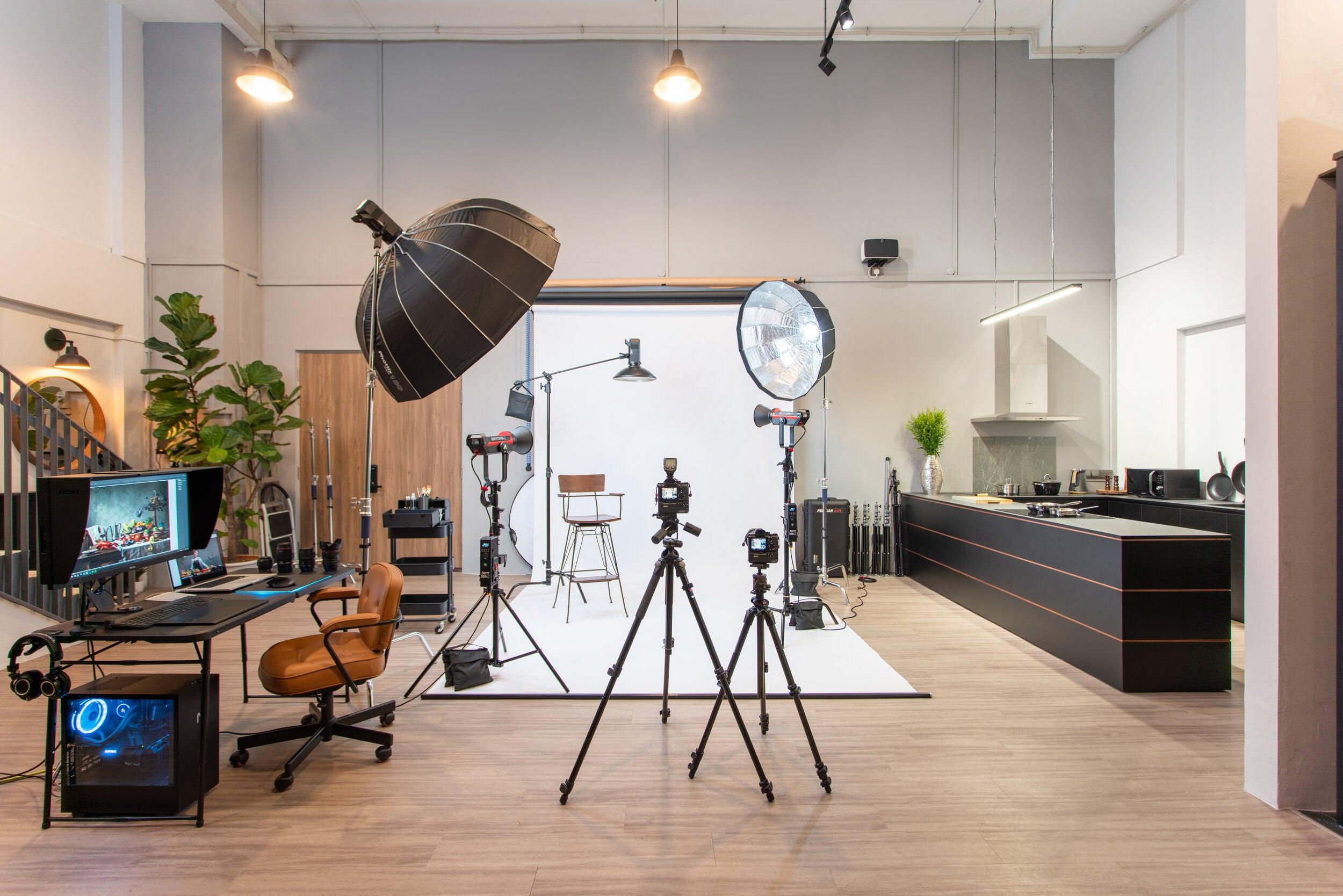
How to layer lighting properly
The secret behind how restaurants cultivate a romantic atmosphere or a spa creates tranquillity is clever lighting. Most of the time these lightings are often neglected while planning an interior design. But these lightings are likely to play a significant role.

Taking into consideration some key things will help you to figure out the perfect lighting idea accordingly for your space. Let’s take a look at some kinds of lighting that can be implemented for successful lighting effortlessly.
Ways to create a lighting strategy

Plan for your lighting ideas in advance in the case of in-depth renovation or building your dream house. But still, this lighting process is astounding so snap it room-by-room to create perfectly functioning lighting.
1. Start with an idea:

Prepare a quick idea of how to use the space wisely. Choose lighting based on your space intent. Multi-purpose rooms will require lighting that works well with all the tasks. For instance, if the dining room also works as a home workplace for children then different kinds of lighting should be added for each activity.
2. Plan accordingly to the person who uses:
It is mandatory to make a lighting plan depending on the usage of the person. This is because the elderly person requires fifteen times more light than a ten-year-old.
3. Focus on usage timing:
Figure out when that space will be used. Since in the case of using the space by evening it needs more lighting than the morning times.
4. Identify the direction and natural light of the space:

Add lighting based on the directions of the space. West facing space will get the natural light in the late afternoons and evenings. North-facing rooms will get a rasping light whereas east-facing spaces will receive the natural light only in the morning. Plan your lighting accordingly to get perfect lighting to your dream space.
5. Consider the features or interiors to be highlighted:
To enhance the beauty of architectural details, alcoves, or any artwork, accent lighting works at the best.
Layered lighting
There are widely three common lighting layers used in well-designed interiors. Here are they:
1. Ambient lighting:
Ambient lighting is the commonly used background lighting for interior design. This ambient lighting acts as the base or fundamental block for your lighting idea and other lighting layers will complement the ambient lighting tone in your space. Ambient light should be bright enough to fill the entire room. Uniformity is the key here and this keeps the feel of your room persistently.

Ambient lighting sources are overhead fixtures like large pendants, chandeliers, downlights, and also at times as wall lights.
2. Accent lighting:
Accent lighting enhances the aspects of your space by spotlighting the architectural details and artworks. In other words, accent lighting also called mood lighting provides an extra dimension and atmosphere to your dream space. Accent lighting acts as a little fun part for the lighting designers. This doesn’t work for all the tasks.

The sources of accent lighting are spotlights, low-level chandeliers, downlights, LED strips, and table lamps as well as floor lamps.
3. Task lighting:
Task lighting is intended for specific tasks like reading, studying, and cooking. Some of the forms of task lighting are floor lamps, table lamps, or desk lamps. In the case of the kitchen recessed lights over the hob, and bathrooms on either side of mirror lights.

Having detailed insight into your space and its user and added with the working knowledge of the layered lighting you can create a perfect lighting plan. A single light can be used for numerous purposes just by changing its angle. For instance, a table light works as a task light, as well as accent lights. Make sure you make a detailed plan for fruitful lighting.
Know your lighting needs
When you are creating your lighting plan, how much light you need is to be taken into consideration in addition to the lighting layers.

Go for around 25 watts of light per square meter and choose different sources of lighting accordingly. Ensure you pick the right ones based on your natural lights. Don’t forget to use energy-efficient lighting like fluorescent lamps and LED lamps which fit your bills.
Top tips for lighting plans

Here are the top five tips for your dream space lighting plans:
- Dimmer switches are highly recommended for simple and cost-effective lighting.
- Maximize your control by installing your lighting on different circuits. Consider an average living room will have three circuits namely the main pendant circuit, table lamp circuits, and finally the wall lights circuits. The rooms are further divided into several zones and use different lighting circuits for each one to ease the control levels. Make sure you avoid the complicated lighting plan. Always go for the simple control system.
- Make a detailed plan for the placement of lighting switches. Think carefully before placing the switches about how you will use the room. Consider adding switches near the entrance or exits, adding at the top or bottom of the staircase. Also, don’t forget to think about adding switches to your master bedroom by your bed.
- In the bathroom, you can make use of the downlights or pendant lights for ambient lighting. When it comes to task lighting, never using the light just above the mirror results in unsightly shadows. Instead, place the lights on either side of the mirror at head height and choose a separate circuit for the task lighting. Dimmer switches are the perfect choice for accent lighting for your bathroom ideas.
- Add some external lighting if you have a large window or glass doors in your personalized interior designs. These external lights not only showcase your outside space but also stop your glass from turning into a mirror at night.
The simplest thing that can make or even break the entire ambiance of your room is lighting. This lighting helps us to see as well as set a mood and can create a great feeling. Lighting makes a lot more difference in your dream designs. Make sure you choose the brighter ones. Layered lighting plays a significant role in interior designs. Layer the lighting carefully to have a balanced and comfier living space.
 Talk On Call
Talk On Call Chat On WhatsApp
Chat On WhatsApp


